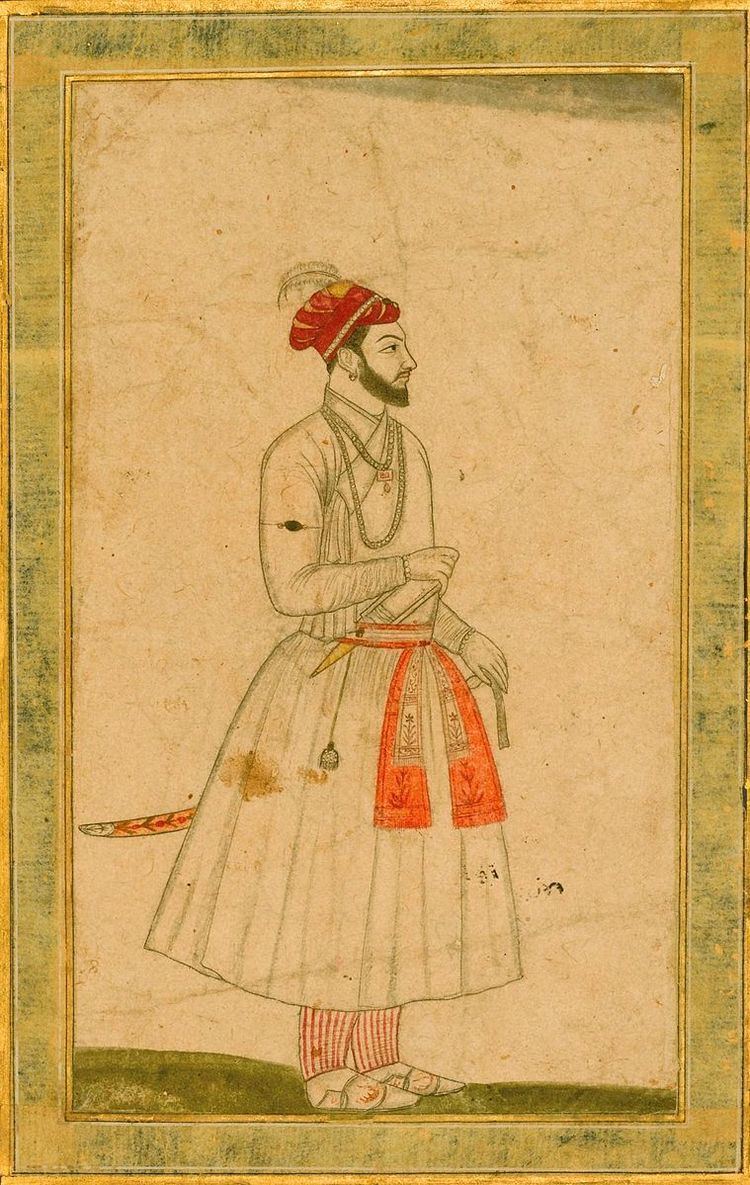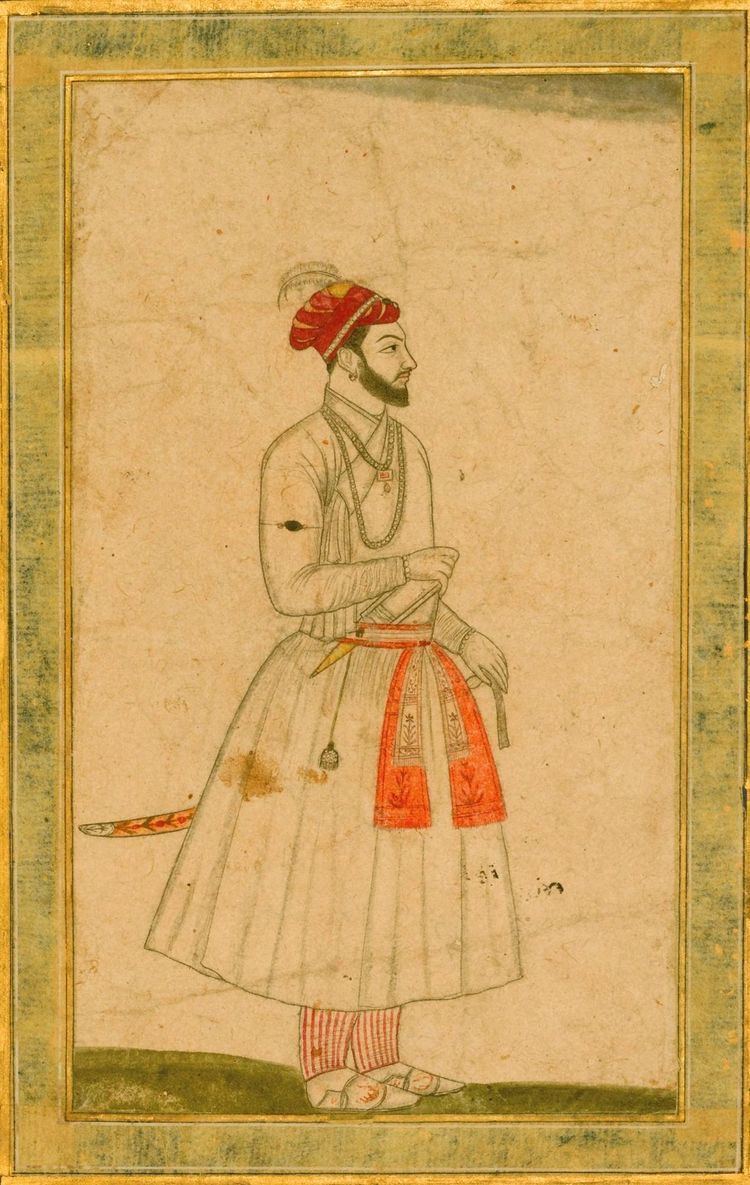Name Udaipuri Mahal | Children Muhammad Kam Bakhsh | |
 | ||
Similar People Aurangzeb, Muhammad Azam Shah, Zeb‑un‑Nisa, Bahadur Shah I, Murad Bakhsh | ||
Grandchildren Bariqullah, Umed Bakhsh | ||
Udaipuri Mahal Sahiba (died shortly after 8 June 1707) was a concubine of the Mughal emperor Aurangzeb.

Biography
Udaipuri Mahal was a slave girl, and not a wedded wife of Aurangzeb, which is proved by Aurangzeb's own words. When her son Muhammad Kam Bakhsh intrigued with the enemy at the siege of Jinji, Aurangzeb angrily remarked, — 'A slave-girl's son comes to no good. The contemporary Venetian traveler Manucci speaks of her as a Georgian slave-girl of Dara Shikoh's harem, who, on the downfall of her first master, became the concubine of his victorious rival. She seems to have been a very young woman at the time, as she first became a mother in 1667, when Aurangzeb was verging on fifty. She retained her youth and influence over the Emperor till his death, and was the darling of his old age. Under the spell of her beauty he pardoned the many faults of Kam Bakhsh and overlooked her freaks of drunkenness, which must have shocked so pious a Muslim.
Kam Baksh is also called 'a dancing-girl's son'. Orme speaks of her as a Circassian, evidently on the authority of Manucci. Aurangzeb had a special liking for Udaipuri Mahal, so her co-wives were very jealous of her. He bestowed upon her all the accouterments of a Queen. In 1678 in a battle against the Rana of Chittor and the Raja of Marwar, Udaipuri accompanied Aurangzeb. In the 28th year of Aurangzeb's reign, Udaipuri was in Aurangabad or Ahmadnagar with Aurangzeb.
In a letter written by Aurangzeb on his death-bed to Kam Bakhsh, he says "Udaipuri, your mother, who has been with me during my illness, wishes to accompany [me in death]." From this expression Tod infers, "Her desire to burn shows her to have been a Rajput."
When Aurangzeb died she grieved deeply and died within four months at Gwalior, in July 1707. Bahadur Shah I carried out her dying wishes with regard to her household and forwarded her remains for burial in a grove close to the shrine of Qutb-al Aqtab, Delhi.
